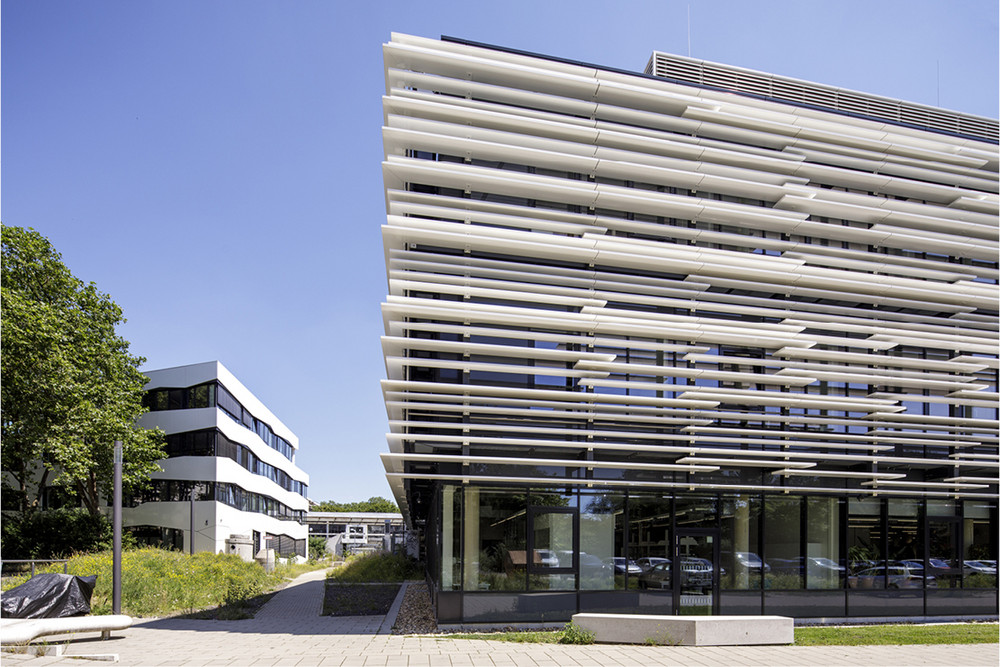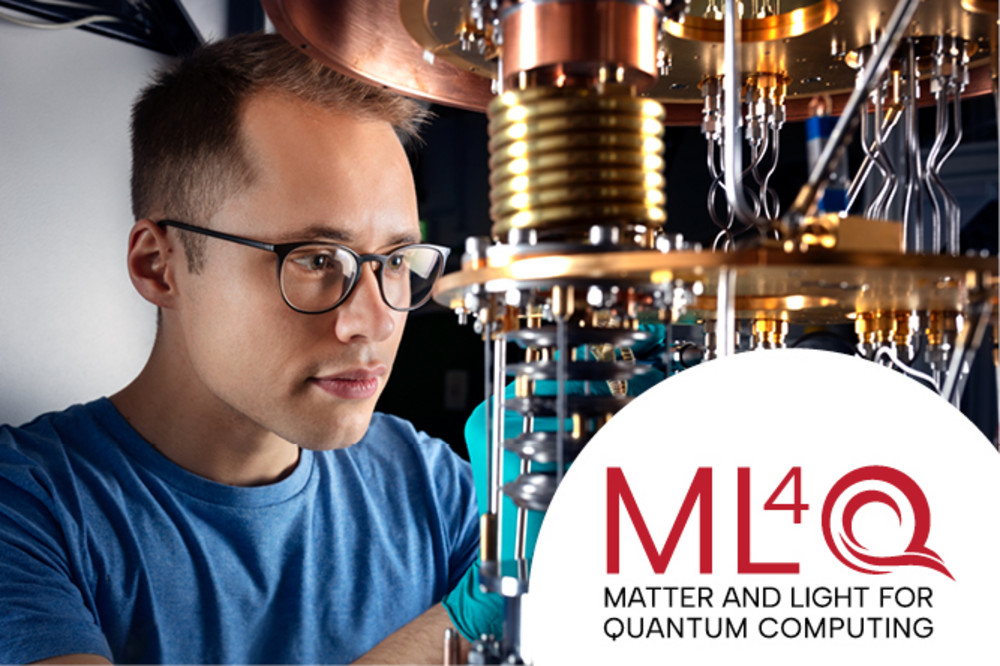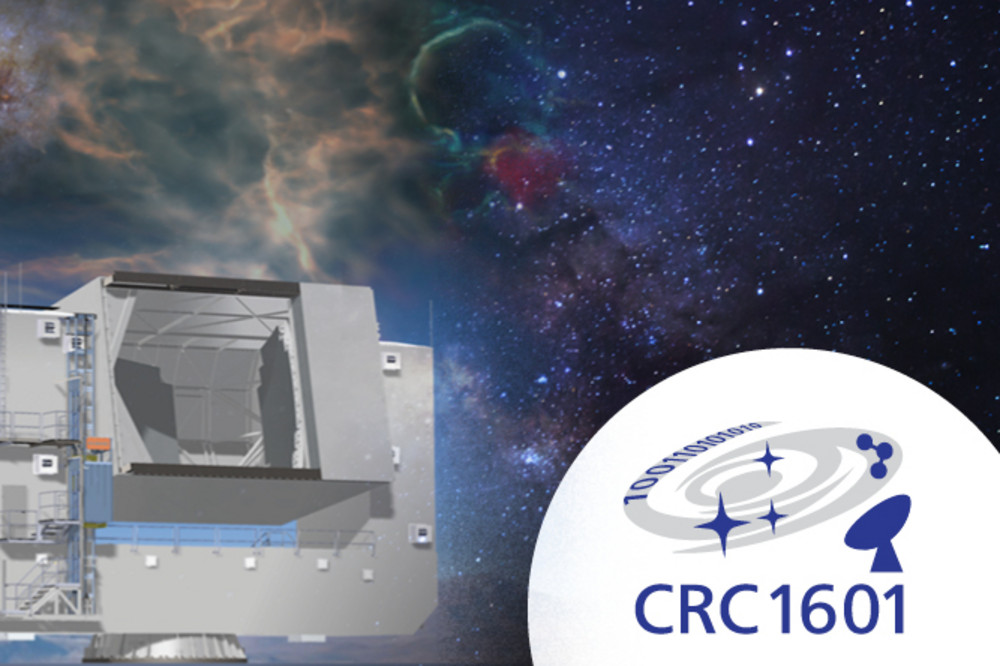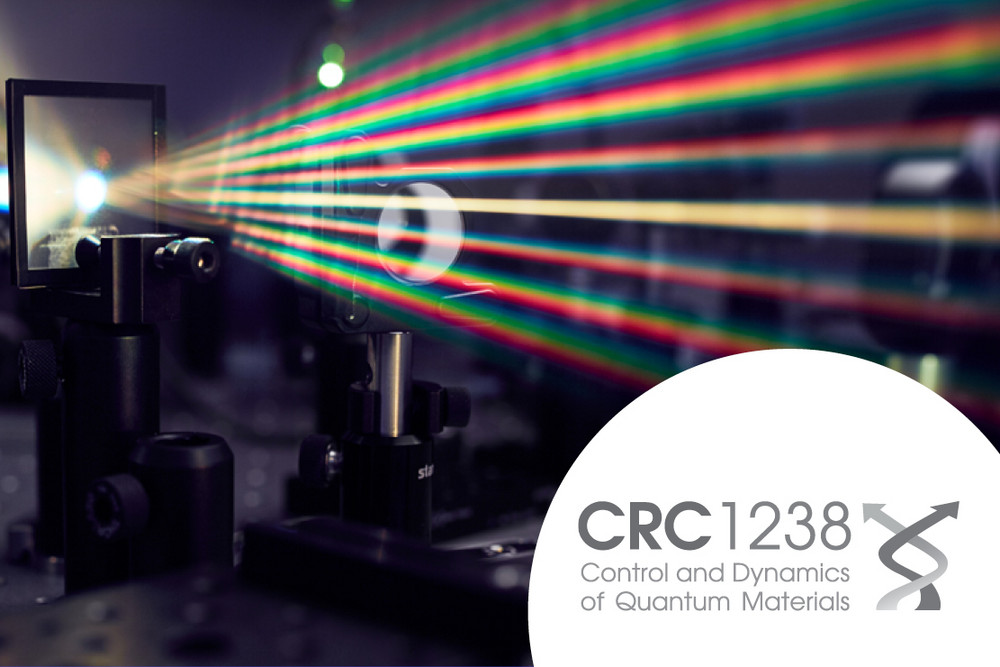
The five institutes comprising the Department of Physics conduct research in astronomy, experimental solid state physics, nuclear physics and theoretical physics. Detailed informations on current projects of the various groups can be found on the web pages of the institutes.
Joint research projects
The cross-institute research in the Cologne Physics Department is also reflected in numerous joint projects. The Department is also home to a Cluster of Excellence in a joint project of the Universities of Cologne, Aachen, Bonn and Forschungszentrum Jülich, which has been funded since 2019 as part of the German Research Foundation's (DFG) Excellence Strategy, as well as various Collaborative Research Centers funded by the DFG.
Cluster of Excellence

The aim of ML4Q is to develop new computing and networking architectures using the principles of quantum mechanics. Computing and networking power beyond anything classically imaginable would make quantum computers powerful tools in key areas such as materials design, pharmaceutics, or artificial intelligence. Quantum communication could be made effectively secure.
ML4Q builds on and expands the complementary expertise in the three key research fields (solid-state physics, quantum optics, and quantum information science) at the partner institutions in order to develop the best hardware platform for quantum information technology, and provide comprehensive blueprints for a functional quantum information network.
Collaborative Research Centers

As part of the CRC 1601, researchers are investigating the physical processes that determine the habitats of massive stars in different galactic environments. The new CRC combines four pillars: laboratory astrophysics, instrument development, observations as well as theoretical modelling and simulations. The CRC partners have a strong profile as leading players in large international projects and have extensive experience in the construction and operation of their own telescopes as well as the development of state-of-the-art instruments in the infrared, submillimetre and radio wave range. New developments, in particular the launch of the FYST/CCAT telescope in 2024, in which the Universities of Cologne and Bonn have a 25 per cent share, will be optimally supported by CRC 1601.

The aim of the CRC 1238 is to discover, understand, and control novel physical properties in quantum materials emerging from the interplay between topology, spin-orbit coupling, and correlations. The resulting advances in materials science are a powerful driver of technological innovation, shaping our daily lives. Four focus areas (FAs) define the multi-layered approach to quantum materials research. The interplay of spin-orbit coupling and strong electron-electron interactions, leading to topological phases, emergent gauge fields and fractionalization is emphasized in the FA “Spin-orbit dominated matter”. The FA “Topology and hybrid devices” explores novel effects arising when different quantum and topological materials are combined in a single device. The FA “2D materials and functionalization” takes advantage of the fact that two-dimensional quantum materials can be controlled much more precisely than their 3D counterparts. Finally, the FA “Driven and Active Matter” explores pump-probe and non-linear spectroscopy and presents a new vision of physics far from thermal equilibrium by introducing “active quantum matter”.
Can pathways and outcomes of future evolutionary processes be predicted? At the CRC 1310, researchers work on this question in fast-evolving systems: microbial populations in the laboratory, viruses and immune repertoires, and cancer cell populations. High-throughput experiments and models to predict the evolution of drug resistance and immune escape in pathogens, and of the immune answer in their hosts are being developed. Applications include the design of antibiotics, of vaccines for influenza and coronavirus, and of therapies for HIV and cancer.
A salient feature of entangled quantum matter is that the large number of atomistic constituents forming a solid may mutually protect each other against the detrimental effects of decoherence. Within CRC 183 reasearchers investigate these protective mechanisms, their implications in quantum information theory, and the ensuing perspectives in the design and realization of quantum devices. The emergence and manipulation of entanglement on such macroscopic scales hinges on the interplay of three concepts, which also define the research areas of the CRC: (i) Topological quantum matter, (ii) Quantum information and (iii) Quantum Devices. Building on the synergy between the three areas, the long-term vision of the CRC is to bring the fascinating physics of entanglement closer to the macroscopic realm.
Key Profile Area
Within QM2, researchers of mathematics, experimental and theoretical physics, inorganic and physical chemistry and crystallography collaborate to unravel the properties of quantum matter. The mathematical structures underlying topological matter, new states of matter arising from spin-orbit interactions, quantum matter far from thermal equilibrium, the use of nanostructured materials for wide ranges of applications, the development of organic electronics, and the explorations of the foundations of quantum technologies and quantum information are some of the research topics important for QM2.